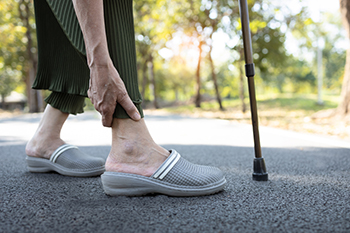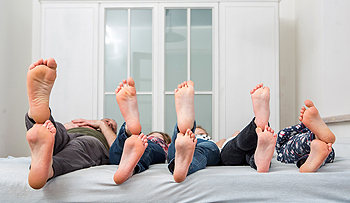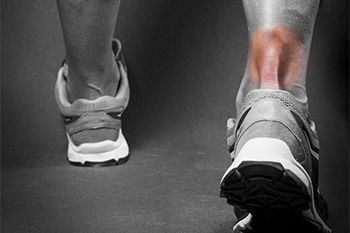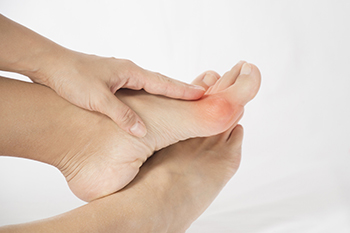
The importance of maintaining proper foot care increases as the aging process occurs. This may be a result of walking or standing at various jobs throughout the years, in addition to possibly wearing shoes that do not fit correctly. Many elderly people have difficulty looking at the soles of their feet. This is imperative to do, as it is helpful in checking for existing cuts, scrapes, and bruises. There are patients who choose to have a family member or caregiver that can help them to accomplish this. When the toenails are properly trimmed weekly, it may help to prevent painful foot conditions, such as ingrown toenails, from developing. The feet can be protected by refraining from walking barefoot, and slowly increasing physical activity which is beneficial in improving blood circulation to the feet and legs. If you are interested in learning more about how to care for elderly feet, it is advised that you consult a podiatrist who can provide you with the knowledge you are seeking.
Proper foot care is something many older adults forget to consider. If you have any concerns about your feet and ankles, contact one of our podiatrists from Foot Health Center of Merrimack Valley. Our doctors can provide the care you need to keep you pain-free and on your feet.
The Elderly and Their Feet
As we age we start to notice many changes in our body, but the elder population may not notice them right away. Medical conditions may prevent the elderly to take notice of their foot health right away. Poor vision is a lead contributor to not taking action for the elderly.
Common Conditions
- Neuropathy – can reduce feeling in the feet and can hide many life-threatening medical conditions.
- Reduced flexibility – prevents the ability of proper toenail trimming, and foot cleaning. If left untreated, it may lead to further medical issues.
- Foot sores – amongst the older population can be serious before they are discovered. Some of the problematic conditions they may face are:
- Gouging toenails affecting nearby toe
- Shoes that don’t fit properly
- Pressure sores
- Loss of circulation in legs & feet
- Edema & swelling of feet and ankles
Susceptible Infections
Diabetes and poor circulation can cause general loss of sensitivity over the years, turning a simple cut into a serious issue.
If you have any questions please feel free to contact one of our offices located in North Andover, and Tewksbury, MA . We offer the newest diagnostic and treatment technologies for all your foot and ankle needs.















